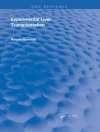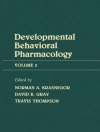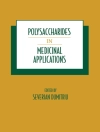In 1992, clinical cardiac electrophysiology became a recognized sub-speciality of the American Board of Internal Medicine. The formal recognition of this highly specialized and technical field of medicine represents the culmination of thirty years of remarkable scientific and intellectual discovery. Beginning in the 1950s, cardiologists realized that cardiac arrhythmias were the cause of significant morbidity and the sudden death of at least 350, 000 patients every year in the United States alone. At that time the only tools available for analyzing abnormal heart rhythms were the standard EKG machine and careful deductive reasoning. During the early 1960s, cardiac pacemakers reflected the first foray in the electrical therapy of cardiac arrhythmias. Pacemakers were first implanted in order to control syncopal episodes related to bradycardic heart rhythms. Although crude and bulky devices, their utility was immediately obvious to physicians and patients alike. The recognition that electrical signals could be recorded from inside the heart and that the heart’s rhythm could be controlled by the application of electrical energy began the era of clinical cardiac electrophysiology which was to follow. In the late 1960s and early 1970s and at the peak of the Vietnam conflict. a group of cardiologists with special training in cardiac electrophysiology were sequestered at the US Public Health Service Hospital at Staten Island.
Andre Aubert & Hugo Ector
Cardiac Pacing and Electrophysiology [PDF ebook]
A bridge to the 21st century
Cardiac Pacing and Electrophysiology [PDF ebook]
A bridge to the 21st century
Cumpărați această carte electronică și primiți încă 1 GRATUIT!
Limba Engleză ● Format PDF ● ISBN 9789401108720 ● Editor Andre Aubert & Hugo Ector ● Editura Springer Netherlands ● Publicat 2012 ● Descărcabil 3 ori ● Valută EUR ● ID 4726344 ● Protecție împotriva copiilor Adobe DRM
Necesită un cititor de ebook capabil de DRM












